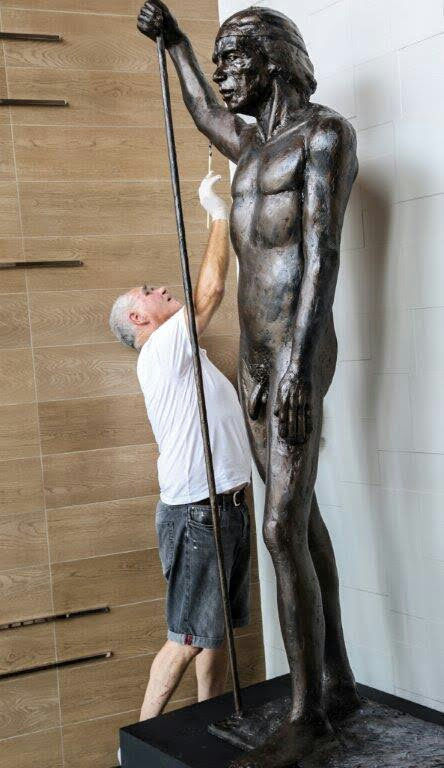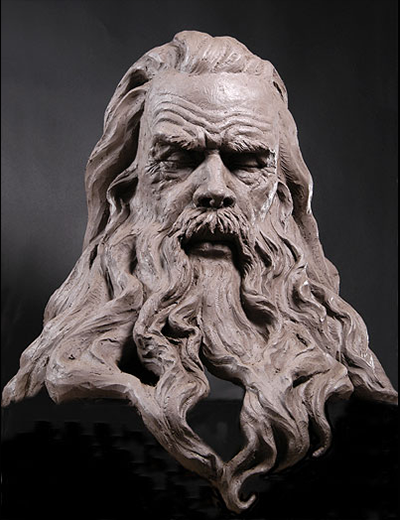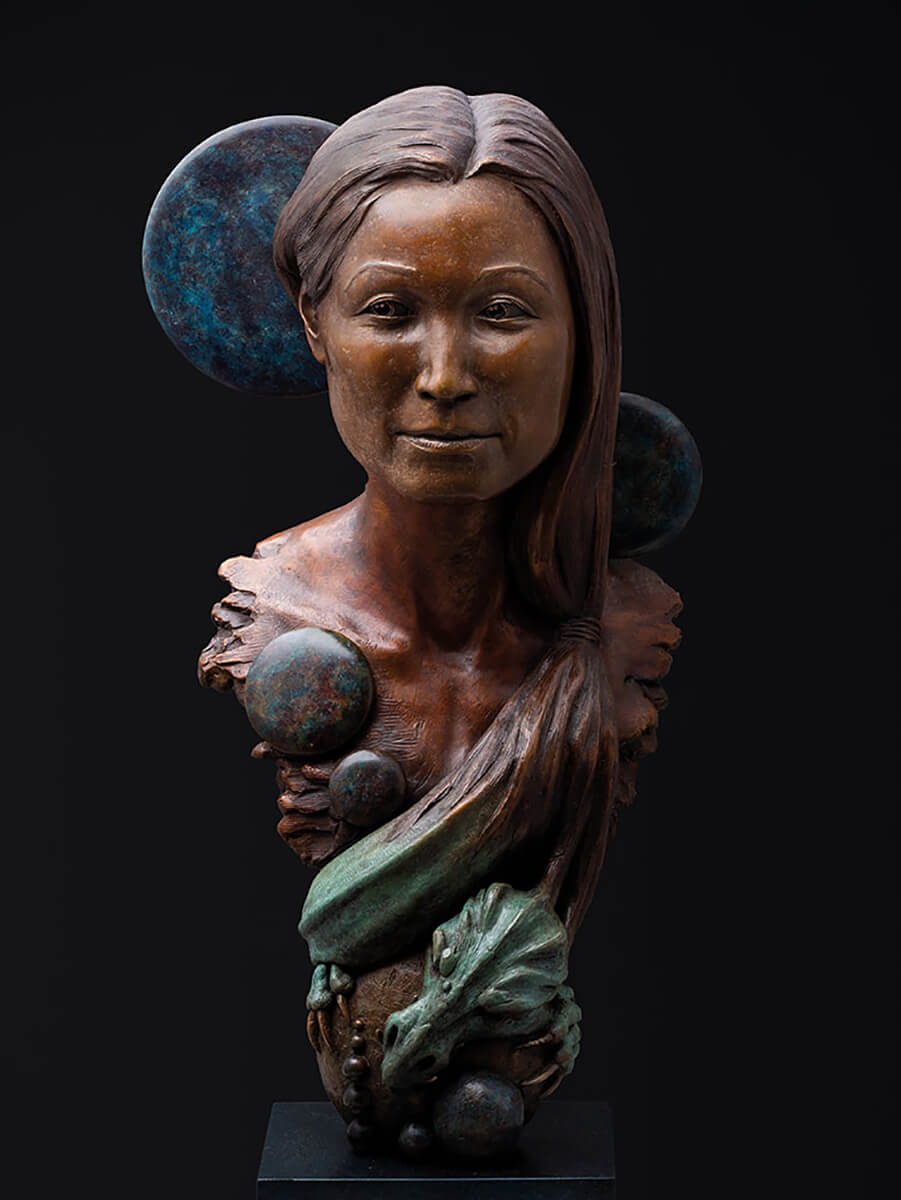The Advancement of Sculptures: From Old to Modern
The Advancement of Sculptures: From Old to Modern. Bronze Sculptures.
Sculpture, among the oldest types of art, has been an important part of human civilization for centuries. From the old human beings of Egypt and Greece to the modern-day period, sculptures have actually developed, showing changes in imaginative methods, materials, and cultural influences. This trip via time traces the growth of sculptures, exploring the shifts stylishly, subject issue, and artistic expression.
Starting with the old globe, sculptures crafted from stone and later bronze recorded the significance of deities, leaders, and daily life. The Renaissance duration witnessed a revival of classical sculpting strategies, as artists looked for to replicate the elegant forms of old Greek and Roman sculptures (Robert C Hitchcock Sculptor). In the contemporary era, musicians challenged traditional borders, embracing abstraction and trial and error with brand-new products
This exploration will certainly delve right into the diverse development of sculptures, exposing the abundant tapestry of imaginative expression throughout different durations and cultures.

Ancient Sculptures: From Rock to Bronze
Ancient sculptures transitioned from being carved out of rock to being cast in bronze. Stone sculptures, while remarkable in their very own right, were restricted by the nature of the material. Portrait Sculptor.
The intro of bronze as a medium for sculptures brought around a revolution in imaginative expression. Bronze provided artists the possibility to create lifelike and complex forms that were not feasible with stone. The process of casting bronze enabled the production of several duplicates of a sculpture, allowing bigger distribution and preservation of these creative masterpieces.
The change from stone to bronze additionally saw a shift in the subject matter of sculptures. While stone sculptures predominantly shown gods, sirens, and mythological figures, bronze sculptures started to show a more comprehensive variety of subjects, consisting of everyday people and animals. This development of subject issue showcased the versatility and flexibility of the bronze medium.
Renaissance Resurgence: Shaping in the Classic Style
The Renaissance rebirth of sculpture witnessed a renewal in the classic design, structure upon the advancements made during the transition from stone to bronze in old sculptures. During this period, musicians looked for to recreate the classical visual and perfects of charm that prevailed in ancient Greek and Roman sculptures.
Among the key qualities of the Renaissance resurgence was the focus on naturalism and the human kind. Artists like Donatello and Michelangelo make every effort to catch the anatomical details and expressions of their subjects with unmatched precision. They studied the human body and incorporated their observations right into their sculptures, causing realistic and reasonable representations.
Another essential element of the Renaissance revival was the exploration of perspective and deepness. Musicians used methods such as contrapposto, where the weight of the body is shifted away, producing a sense of movement and dynamism. They likewise trying out different materials, including marble and bronze, to achieve a degree of sophistication and intricacy in their sculptures.

Modernism and the Avant-Garde: Breaking Conventional Limits
Throughout the Innovation and Avant-Garde activities, artists pressed the boundaries of standard creative conventions. This period, which arised in the late 19th and early 20th centuries, saw a remarkable change in the way musicians approached sculpture. Denying the notion of art as plain replica, modernist sculptors sought to discover brand-new types, products, and concepts.
Among the crucial attributes of modernist sculpture was the emphasis on abstraction. Sculptors relocated away from sensible depictions and rather concentrated on catching the significance of the topic with simplified types and geometric forms. This departure from traditional representation permitted artists to express their feelings and concepts in an extra personal and subjective fashion.

Contemporary Sculptures: Checking Out New Products and Concepts
With an emphasis on discovering new products and concepts, modern sculptures have changed the area of art. Artists today are pressing the borders of standard sculpture by trying out and making use of innovative materials with abstract concepts. These sculptures challenge conventional concepts of materiality, significance, and type, inviting customers to involve in a new and provocative creative experience.
Contemporary artists are welcoming a large range of materials, consisting of plastic, glass, steel, and also raw material. They are not restricted to the typical tool of rock or clay, permitting greater freedom of expression and experimentation. This shift in the direction of non-traditional materials has actually opened brand-new possibilities for artists to create sculptures that are vibrant, interactive, and aesthetically striking.
In addition to checking out brand-new products, contemporary sculptures also explore complex and abstract concepts. Musicians are now discovering motifs such as identity, social issues, and the setting, making use of sculpture as a powerful tool for social discourse and self-questioning. These sculptures challenge visitors to believe critically and involve with art on a deeper degree, stimulating conversations and prompting emotional feedbacks.
Worldwide Influences: Sculptural Practices From All Over The World
Sculptural traditions from numerous areas of the world have actually dramatically shaped the evolution of sculptures throughout background. The worldwide influences on sculpture have actually varied and have added to the richness and range of imaginative expressions. From the old human beings of Egypt, Greece, and Rome to the detailed carvings of Asian societies, each area has established its unique sculptural practices that have affected artists across time.
In old Egypt, sculptures were created mostly for religious and funerary objectives. The renowned sculptures of gods and pharaohs, such as the Great Sphinx and the bust of Queen Nefertiti, display the Egyptians' mastery of rock carving and their idea in the afterlife.

In ancient Rome, sculpture served both political and creative objectives. Roman sculptures usually shown emperors, generals, and mythological figures, mirroring the power and splendour of the empire. The marble statuary of Augustus of Prima Porta and the monumental Arch of Constantine are remarkable examples of Roman sculptural accomplishments.
Eastern sculptural traditions, particularly in India, China, and Japan, have also had a profound effect on the development of sculptures. Japanese sculptures, affected by Buddhism, highlight simpleness and peace, seen in the serene statues of Buddha and the stylish art of bonsai.
The international influences on sculpture continue to develop in the modern-day era. As we look to the future, it is particular that the international influences on sculpture will continue to form and redefine this ancient art kind.
Final Thought
In conclusion, the advancement of sculptures has seen a change from ancient rock and bronze functions to the classical rebirth during the Renaissance. This was followed by the splitting of conventional boundaries with modernism and the progressive movement. Today, modern sculptures explore brand-new materials and principles, while likewise attracting motivation from global sculptural practices. The trip of sculptures shows the ever-changing artistic expressions and social influences throughout background.
From the ancient civilizations of Egypt and Greece to the modern-day era, sculptures have actually evolved, mirroring modifications in imaginative techniques, products, and cultural influences.Starting with the ancient globe, sculptures crafted from stone and later on bronze captured the significance of deities, leaders, and everyday life.Old sculptures transitioned from being carved out of stone to being cast in bronze. While rock sculptures mostly depicted gods, sirens, and mythological numbers, bronze sculptures began to show a broader variety of topics, including everyday people and pets.In final thought, the development of sculptures has seen a change from ancient stone and bronze functions to the classic revival during the Renaissance.